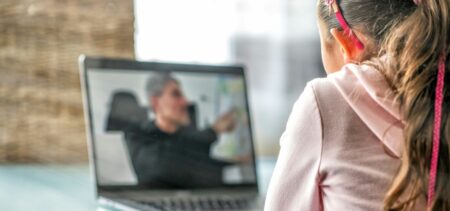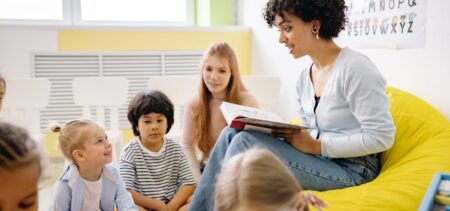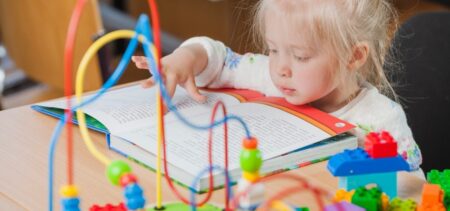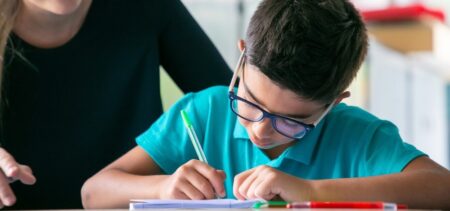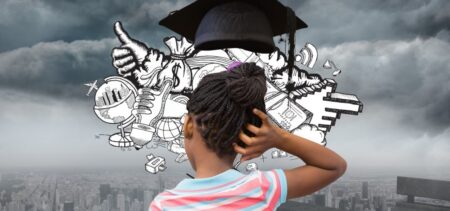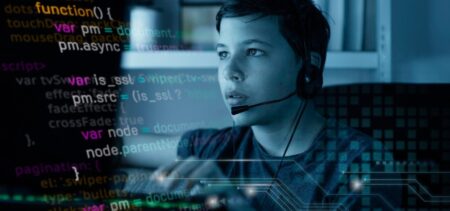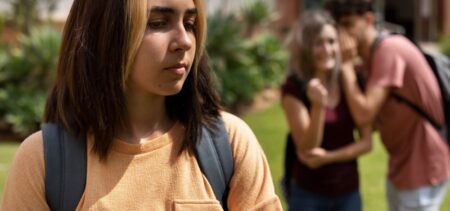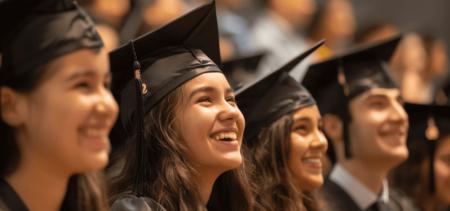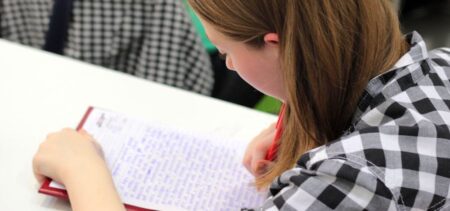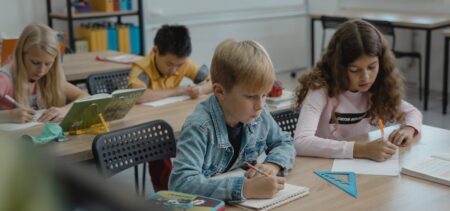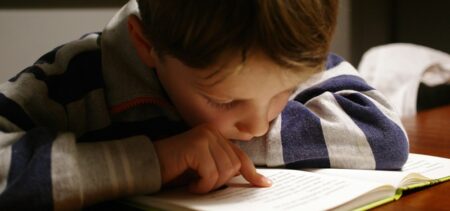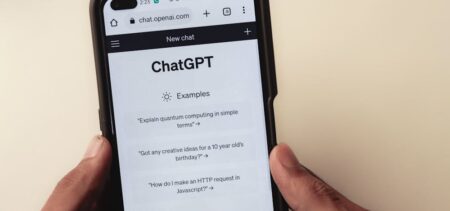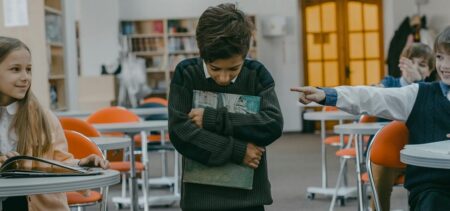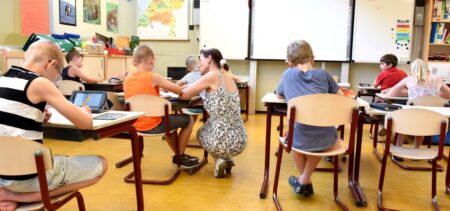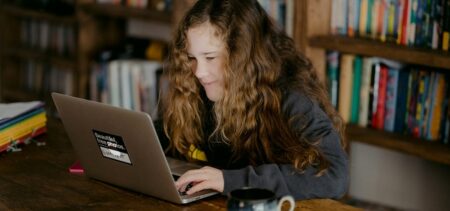Many of the parents and educators can picture in their mind some utopian times when the adults supervising children and teenagers (and taking care of their education) could claim to be familiar with the young ones’ friends, and by consequence to know to a great extent the ideas, concepts and habits the kids were exposed to, directly or by proxy. The type of unlimited connectivity provided nowadays by the digital environment erases the image of those times, if they ever truly existed. Children and teenagers are curious by nature; this is part of their growing and developing process. They have always managed to go around the rules in order to explore the world by themselves and learn from their mistakes – yet new digital exploration realms bring new risks the educators should be aware of. Social Media is a paradox: a very private personal universe goes online, and becomes extremely public. Many adults are not aware themselves of how the information they provide may be interpreted, of how many prying eyes are going to scan their photos and data – it is therefore not at all surprising that young people are even less aware of the impact social media sharing might have on their lives.
The privacy protection issues are just a part of the problem. Delivering digital peer pressure and various influencing mechanisms is another strong effect social media tends to have.
Without aiming to reduce the influencing or peer pressurizing actions solely to their negative connotations, we will try to approach this effect as a form of informal learning, with its positive aspects as well as its negative ones.
Social media as a conveyor of informal education
With 76 percent of teenagers involved in Social Media (2015 figures, as you may see here), it is clear that relationships and friendships also comprise this modern connectivity tool, in some cases even surpassing the time spent face to face with friends and peers. Making friends based on common interests is easy via online socializing platforms, as well as staying in touch with said friends or with real-life friends.
Although less of a feelings conveyor and more of a mean to stay updated with the latest ideas and news, posting and reading posts on social media is the main way of exchanging information within friends and acquaintances – and like any activity voluntarily pursued, it is intense, attention grabbing and it keeps the young ones focused. Focused on what, one might ask.
Focused on whatever is “popular” or widely accepted as such, from local events, recommendations and facts to information on intangible elements from real life or from less material domains.
This veritable eagerness to absorb information creates the perfect premise for learning, in a non-formal way. However, there are a few observations necessary at this point:
- Most information accumulated via social media assimilates as such, unless suspicions of it being erroneous arise. Rarely a child or a teenager will double-check a fact, a piece of information or data met in social media interactions unless the sender is distrusted or the logical sentence he or she meets is rather unbelievable. Most of the times the fact or affirmation is perceived as true by default – depending on the known source. Think back of the amount of quotes, news, facts and stories that bombard us daily. Maybe you have the background to question doubtful information, but many young adults will not be able to tell the difference between a decent piece of information and questionable data;
- The attention and concentration do not come out of thin air; most likely what children invest into social media interactions in terms of time and attention will be taken out of their learning activities at school and/or at home;
- As it happens in real-life and also later during adulthood, groups of friends have their nodal points, in fact early influencers, whose personality gives them the “upper hand” among their peers, be it that they really are better informed or that they simply have the power of persuasion; good, positive suggestions may come from these nodal points and spread into the digital micro-communities they are part of (social media included), or, on the contrary, negative ideas or erroneous information and habits may spawn from such miniature influencers and put pressure on their connections.
The power of social media is not just a speculation or a guess –
take for example digital marketing, who theorized social media interactions in order to be able to use its mechanisms. Studies and reports have shown repeatedly the way people are susceptible to ideas and calls to action delivered via social media.
The same mechanisms can be taken into consideration for delivering accurate and targeted educational material – it all lies in keeping the voluntary participation of children active and their attention equally focused as it is in non-educational social media interactions.
As an example, check here the most recommended books for kids aged 7 to 12, as their peers nominated them, encouraging other tweens to read as well. However, you may well notice that the article addresses parents, and the comments also belong to parents – kids tend to pass on gamified information on social media, for example when recommending books there are the tag-your-friend-to-name-one games, more attractive than a plain article.
The perils of social media peer pressure
The more common attribute associated to peer pressure is a negative one: social media plays an important role in picking up destructive habits, such as using drugs or alcohol.
While also encouraging teens to be more sociable and less isolated, bullying also pervaded this environment; furthermore, too much time online is perceived as overwhelming, emotionally stunting and can trigger embarrassing moments.
The infinite possibilities brought on by social networks can go either way: while following a hobby or connecting with people who share the same preoccupations is mostly positive, having the possibility to find out anything on everything holds various types of perils – depending on whether the teens have strong notions of safe vs. dangerous (habits, behaviors, connections, leap from digital to real-life encounters and so on).
Various entities offer resources to help protect the young ones against online dangers (see here an example), since the issues specific to online surfing and social networks are acknowledged and studied, as part of our modern society’s problems.
Turning social networking into a benefit rather than a risk is possible. It takes specific levers and a lot of effort, but it is worth it, because social media holds the potential for extremely efficient informal learning processes and for positive peer pressure.







